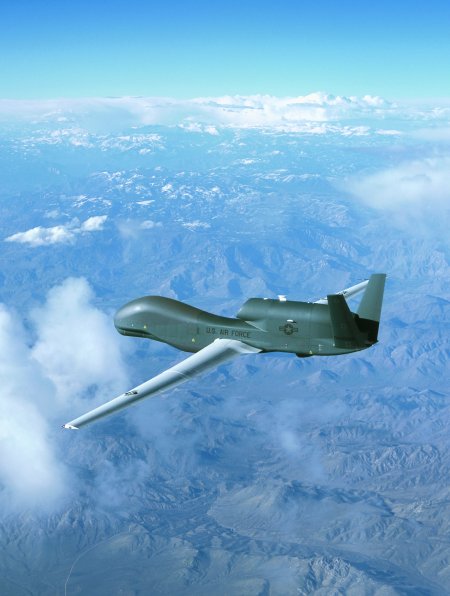The Access 5 group leaves no doubt about its vision: it wants routine operations of unmanned aerial vehicles within the US national airspace system (NAS) this decade.
It wants to end the constraint of UAVs being largely confined to military roles and to open up new markets in the scientific and commercial sectors.

Established in May 2004 with NASA as the lead government sponsor, the Access 5 partners include the US Department of Defense (DoD), the Department of Homeland Security and the FAA, plus six UAV producers – AeroVironment, Aurora Flight Sciences, Boeing, General Atomics Aeronautical Systems, Lockheed Martin and Northrop Grumman. The six companies are also members of a non-profit corporation called Unite (UAV National Industry Team).
To achieve its primary goal of routine UAV operations, Access 5 has mapped out a four-step process. The first is to address operations above 43,000ft (13,000m/FL430), which includes obtaining experimental certification, enabling a HALE ROA (high-altitude, long-endurance, remotely operated aircraft) to transit lower, restricted flight levels.
The partnership’s second step will reduce operational altitudes to above 18,000ft (FL 180), enable UAV transition through restricted airspace, and will propose a UAV type certification process. To date, Access 5 is funded for the first two steps, to the tune of $103 million, which will carry it through the fiscal year ending September 2009. Under current planning, the project expects to complete both of those steps in its first five years, hence the “Access 5” name.
If further funding is secured, Access 5 will pursue the third and fourth steps. Step three will address issues concerning the transition to and from FL 180 through controlled airspace, as well as using civil airports, and restricted airspace and airports for emergency conditions. It will also propose a process for creating a HALE ROA special airworthiness certificate. Step four will generate specific proposals to develop a standard airworthiness certificate for all manned aircraft operations using civil airports.
Funding required to complete all four steps is currently estimated at $360 million, of which industry and government will have to contribute 25% and 75%, respectively, says Jeff Bauer, project manager for Access 5. The programme is being run from NASA’s Dryden Flight Research Center at Edwards AFB, California.
“The primary goal of the first two steps is to deliver recommendations to the FAA that will enable the operation of UAVs in the national airspace,” says Bauer. At the same time, he points out that Access 5 will not evolve into a certification agency.
“There are a variety of UAVs out there, and we feel that once the Access 5 project establishes standards, it will be up to manufacturers and operators to decide how they will be met. But the FAA will ultimately define the certification and operating rules.”
Access 5’s work will include simulated and actual flights, demonstrating procedures and capabilities as they evolve. The initial demonstration flights, planned to start this September, will use Scaled Composites’ Proteus optionally piloted aircraft equipped with ADS-B datalink and TCAS 2 as primary sense-and-avoid systems.
Next year the demonstration programme will move to flights using the General Atomics Aeronautical Systems Altair high-altitude endurance UAV built for NASA.
Scott Dann, president and co-founder of Unite, says industry has taken the primary lead in efforts to open the NAS to UAVs, given their potential non-military uses.
“There is a consensus that civil, scientific and commercial uses of UAVs represent a new and evolving industry,” says Dann. “There are many organisations and entities that want to use UAVs in the national airspace for surveillance in such roles as fighting forest fires, in border, harbour and coastal patrols, or to support disaster intervention. But we are more concerned that the airspace is opened up for unmanned aircraft applications as opposed to focusing on any one specific application.”
Dann argues that opening the NAS to UAVs will not mandate any vastly different technology. “It’s a matter of drawing from existing technologies and putting a whole package together to demonstrate the capability to operate in the national airspace to the satisfaction of the FAA’s administrator,” he says. “The first thing you need to do is establish what the requirements for this will be, and that’s what Access 5 is all about.”
PAUL SEIDENMAN/SAN FRANCISCO
Source: Flight International























